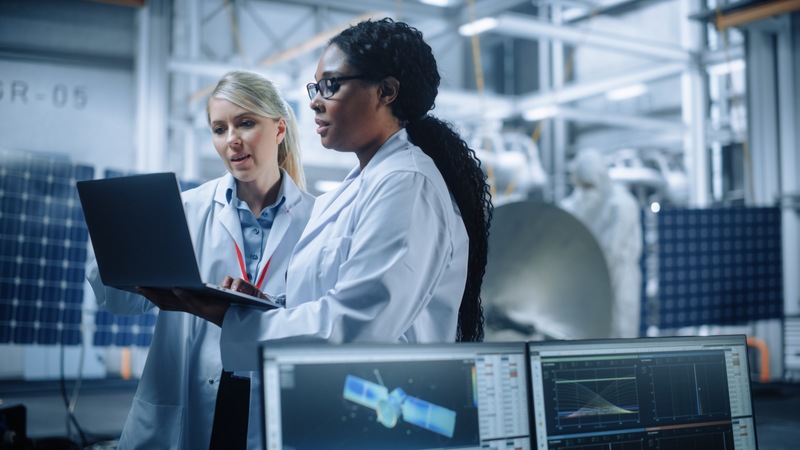
Is there any holiday more delicious than National Pi Day on March 14th? The special day — chosen for matching the first few digits of pi, 3.14 — may be a fun opportunity to enjoy a cheesy pizza or warm apple pie, but it also presents the perfect occasion to learn more about the one-of-a-kind world of aerospace prototyping.
In this constantly growing and changing industry, pi is so much more than a mere number. It’s an important component that serves a purpose at every step of the design process, helping scientists push the boundaries of what's possible in the sky above. After all, pi may have been first calculated by the Greek mathematician and physicist Archimedes of Syracuse in the third century BC, but a lot has changed since then!
Here at Mentis Sciences, we’re proud to be involved in all aspects of aerospace prototyping, design, manufacturing, and beyond. Just read on for a closer look at this truly unique industry — and, of course, the vital role pi plays in it.
Pi In Aerodynamics
In aerodynamics (which is the study at the heart of all things aerospace), pi plays a major role in modeling the behavior of air around objects. The calculation of lift, drag, and other aerodynamic forces involves pi, which has many practical applications — such as using pi to predict airflow over wings and fuselages, or optimizing designs for efficiency and performance. This also enhances the safety and reliability of a craft, making pi an indispensable part of the aerodynamics equation.
Geometry In Aircraft Design
Aerospace prototyping also counts on pi for the design and analysis of various aircraft components — including engines, propellers, cockpit instruments, and more. The circular shapes of these components warrant the use of pi for calculating areas, volumes, and circumferences. Pi ensures that components fit together just right, maintaining the integrity and aerodynamic profile of the prototype. Precision counts in all disciplines, of course, but it’s especially important in an industry like ours, where even the smallest miscalculation can lead to significant consequences.
Orbital Mechanics
You’re also going to find pi at the forefront of orbital mechanics — aka, the study of the motion of space objects. This is clearly a must for designing craft that can safely, effectively explore the cosmos — a discipline that grows more sophisticated by the day. Of course, as the capabilities get more complex, so do the demands in the design and prototyping process.
So, just how can pi help with orbital mechanics? For starters, it can allow scientists to calculate the elliptical paths of satellites, planets, and spacecraft in orbit. This knowledge is critical not only for launching satellites into the sky, but also for planning missions where precise trajectories are a matter of success or failure. Aerospace prototyping for space missions relies on simulations and calculations where pi is used to ensure that these celestial navigations are as accurate as possible.
Propulsion Systems
The development of propulsion systems for different types of aircraft and spacecraft is another example of pi’s versatility in action. Jet engines, rocket thrusters, and other elements rely on complex calculations — where pi is used to determine things like thrust, fuel efficiency, and heat dissipation. In aerospace prototyping, engineers will actually use pi to model the behavior of gases and liquids in these engines, optimizing them for better performance and lower environmental impact. This not only advances the technology needed for a specific prototype, but contributes more generally to more sustainable aerospace solutions as well.
Structural Integrity
The structural integrity of any aerospace prototype is, naturally, a crucial consideration — and pi can help with that, too. For example, it can be used to calculate how much stress and strain might impact a specific aircraft or spacecraft part. Engineers rely on pi to design structures that can weather the extreme conditions of flight and space travel, ensuring the crew’s safety and the overall success of the mission. In this way, pi can help scientists create prototypes they (and their clients) can count on.
We’d say the sky’s the limit — but when aerospace innovations are involved, that doesn’t really apply! We hope that today’s foray into all things pi gives you a fast-paced glimpse into the aerospace industry, and reminds you of the importance of partnering with an experienced industry leader for your next project. Contact Mentis Sciences today to get started with your prototyping or manufacturing needs. We look forward to working with you!